What Happened?
We just learned of two great resources for those seeking to understand lead in consumer products.
The New York City (NYC) Health Department publishes (on the NYC Open Data website) the results of thousands of consumer products tested for arsenic, cadmium, lead, or mercury. The products have been collected during lead poisoning case investigations and surveys of NYC retail stores since 2011. It is updated annually. It has more than 5,700 entries for lead with spices making up 45% of those. Most of the products are imported with more than 100 countries represented; however, 301 are from the U.S., and almost 1,800 are of unknown origin.
The Public Health – Seattle & King County and the Hazardous Waste Management Program in King County, WA publishes on the King County Open Data website the lead testing results of consumer products collected since 2022. The products were collected from several sources, including community product testing events, in-home investigations of lead-poisoned children, and products purchased for testing for research projects. It has more than 1,300 products from more than 100 countries; 91 are from the U.S., and more than 430 are of unknown origin.
Why it Matters
The risk of children’s exposure to lead from consumer products is poorly understood, often because it is
- Not captured by national testing programs, which focus on traditional retail outlets and items carried into the U.S. from abroad rather than those purchased from online marketplaces;
- Masked by sources such as deteriorated paint or water; or
- Driven by outdated standards.
The Open Data efforts by NYC and Seattle/King County provide a valuable service by shining a light on the issue. They help to target and prioritize efforts to protect people, especially those who rely on online marketplaces or hand-carry products from abroad.
Our Take
Every day in communities across the country, professionals affiliated with state and local health departments conduct environmental investigations when children are found with elevated blood lead levels. They are doing the hard work that must be done when primary prevention efforts falter or fail.
While these professionals usually track the source of exposure to lead-contaminated dust in the home from lead-based paint, many go beyond the obvious and look for lead pipes, consider soil carried into the home, check for nearby industrial sources, or test for consumer products. As we saw in North Carolina with the applesauce puree, this type of vigilance and persistence can protect children everywhere. Similarly, NYC and Seattle/King County extended their efforts by proactively testing consumer products and then making the information publicly available. We applaud their individual and collective efforts!
We also recognize the obligation their efforts create for all of us who are committed to protecting people from the harm posed by lead to translate their actions into international, national, state, local and corporate policies that will protect all children.
Ideally, the goal should be strong international standards designed to prevent contamination so that all children benefit, not just those in the United States. For these reasons, we cheer USAID’s fledgling efforts and applaud organizations like Pure Earth and the Global Alliance to Eliminate Lead Paint. We also call out tepid efforts like those by Codex Alimentarius for food.
However, we cannot rely on international action and must continue to press for tighter national, state and local efforts to drive progress everywhere.
Systematic success will come when the federal agencies (and international organizations) are willing and able to act in a timely manner when they learn of a problem from lead poisoning professionals. We applaud FDA for quick action when informed of North Carolina’s applesauce findings but recognize that it is an exception. Federal agencies have often ignored health departments’ findings, feeling they must reproduce it before acting.
Next Steps
The federal government manages two systems where lead-contaminated consumer products can be reported to FDA for foods, dietary supplements and cosmetics and to CPSC for all others. Both appear to be underutilized. We encourage state and local health departments and other lead poisoning professionals to report their results and help press the FDA and CPSC to act.
- CPSC’s Safer Products: Designed to allow consumers and others report complaints about products. Where the complaint identifies a manufacturer, brand or retailer, the company is notified and given an opportunity to respond quickly. Then CPSC staff can investigate. We found more than 1,100 items related to lead out of more than 67,000 since 2009.
- FDA Center for Food Safety And Applied Nutrition (CFSAN) Adverse Event Reporting System (CAERS): A database tracking adverse event and product complaint reports submitted to FDA for foods, dietary supplements, and cosmetics by consumers, healthcare providers and pharmaceutical industry. We found that out of more than 200,000 entries since 1999, only 237 entries were for metal poisoning.
